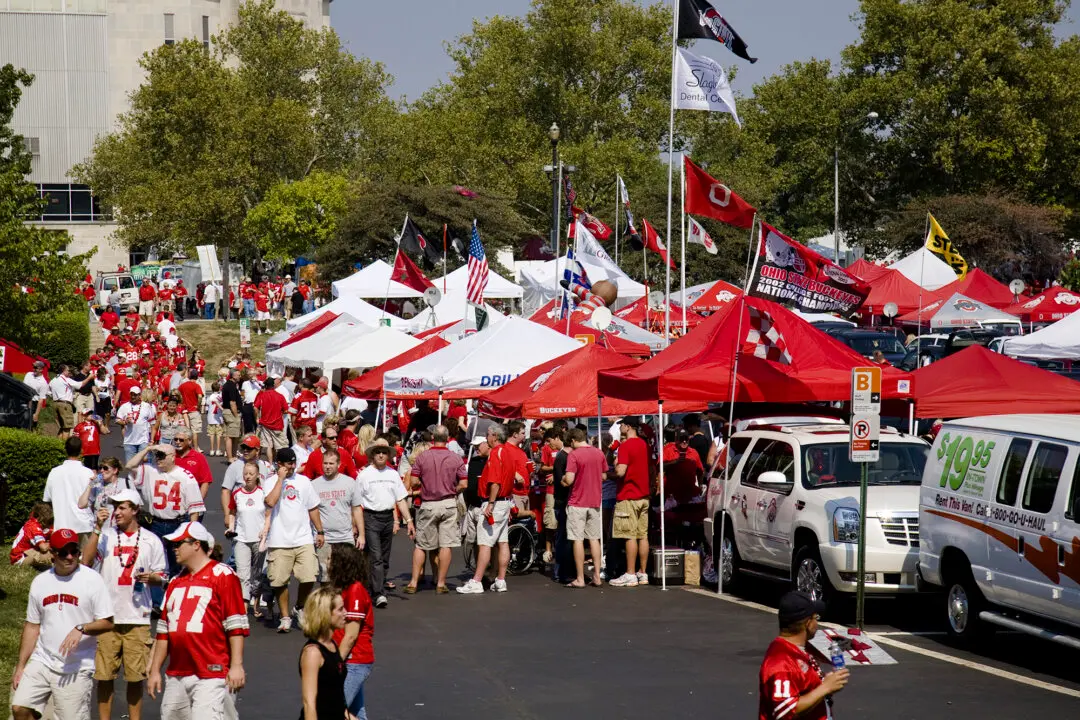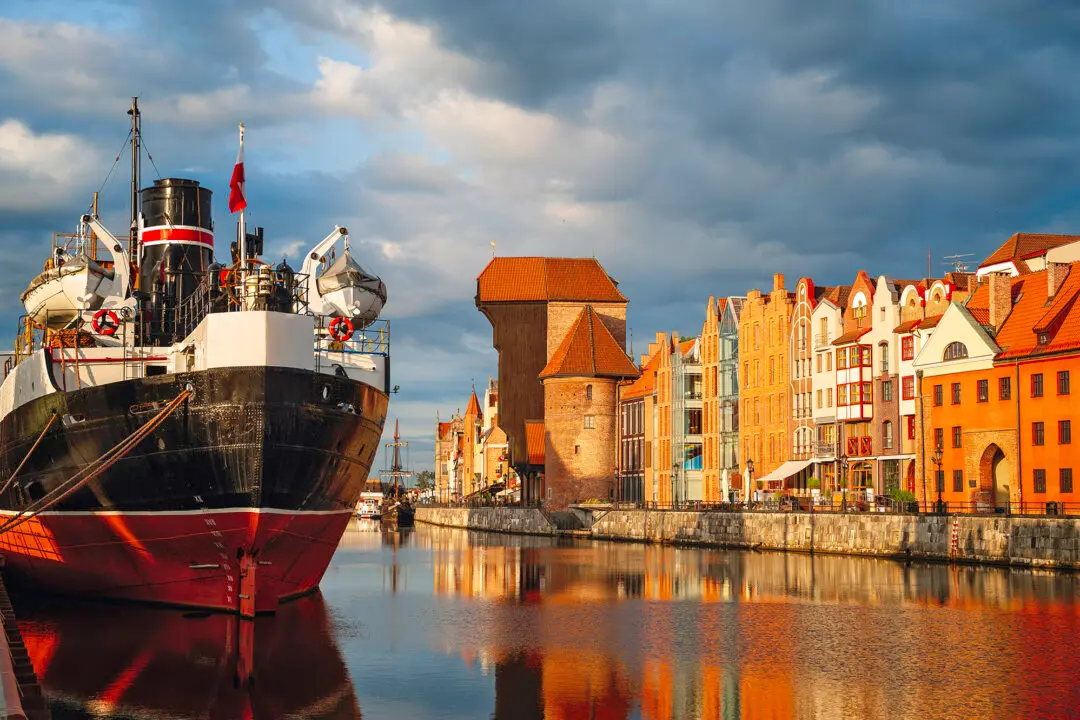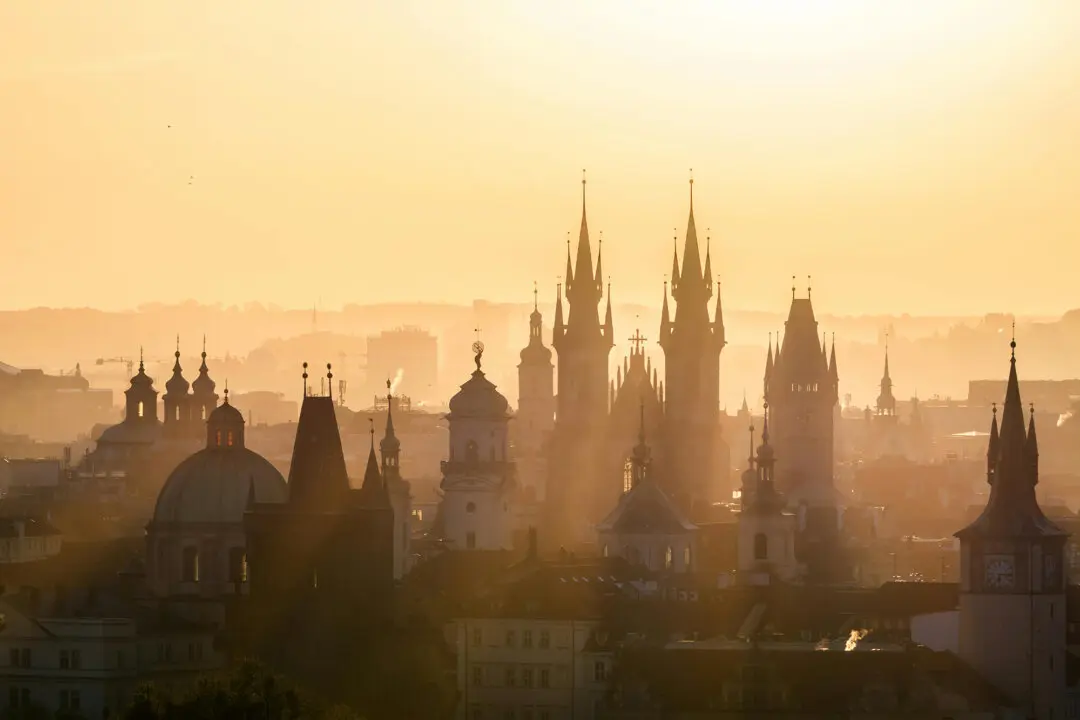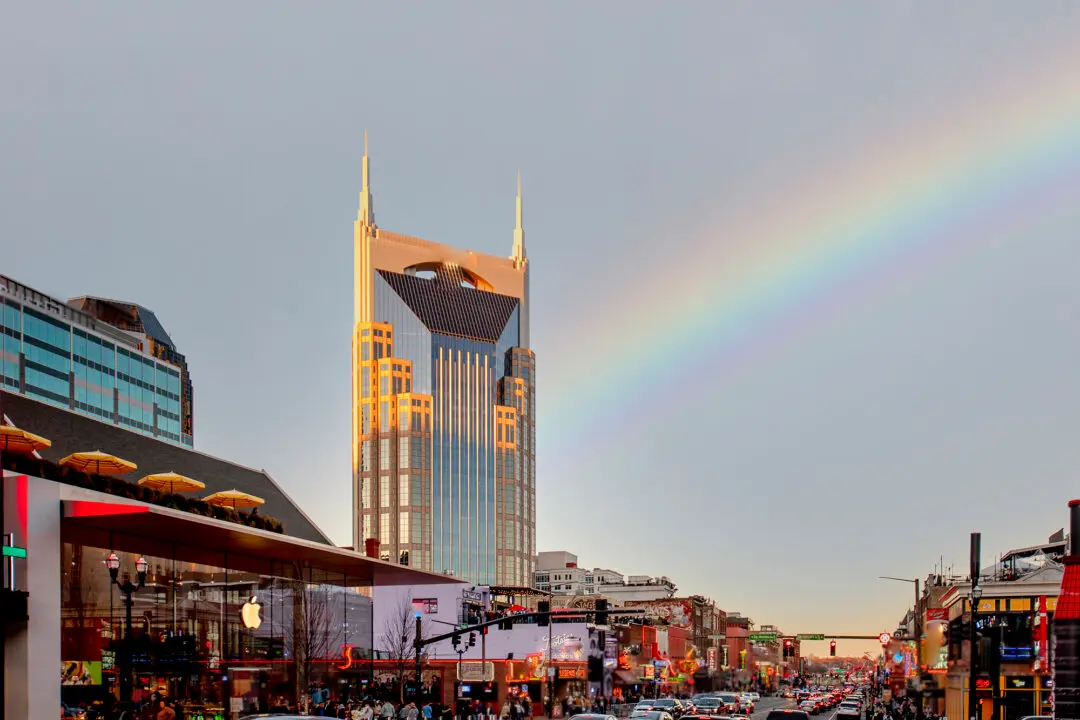Long-known as the “jewel of the Mediterranean,” Barcelona seems to rise from the sea, the cool of the water merging with the heat of the city, emerging from the blue. From the white sands of a bustling urban beach to the heights of Gaudi’s unfinished masterpiece, it’s a crossroads of culture—Catalonian and Spanish, France just up the road, a central point on the rugged shores of the Costa Brava, and a key port in the ancient world. The heart of the city beats, always with passion—with food, wine, and celebrations. It’s a place that’s best when you’re willing to get lost.
Where to Start
The best place to start—at the water. Beginning at the towering monument to Christopher Columbus, La Rambla teems with traffic, a broad boulevard stretching just three-quarters of a mile to the square at Placa de Catalunya. Yes, it’s touristy, with visitors from around the world making their way along the shaded pavement in the middle of the street. That all makes for excellent people-watching, pulling up a chair, perhaps with a little jar of sangria, to watch the madness.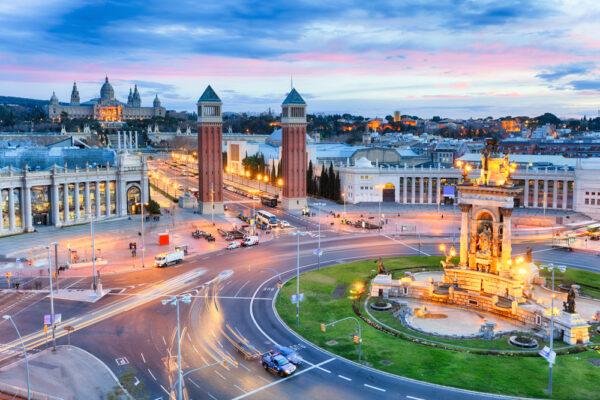
Plaça d'Espanya. TTstudio/Shutterstock


